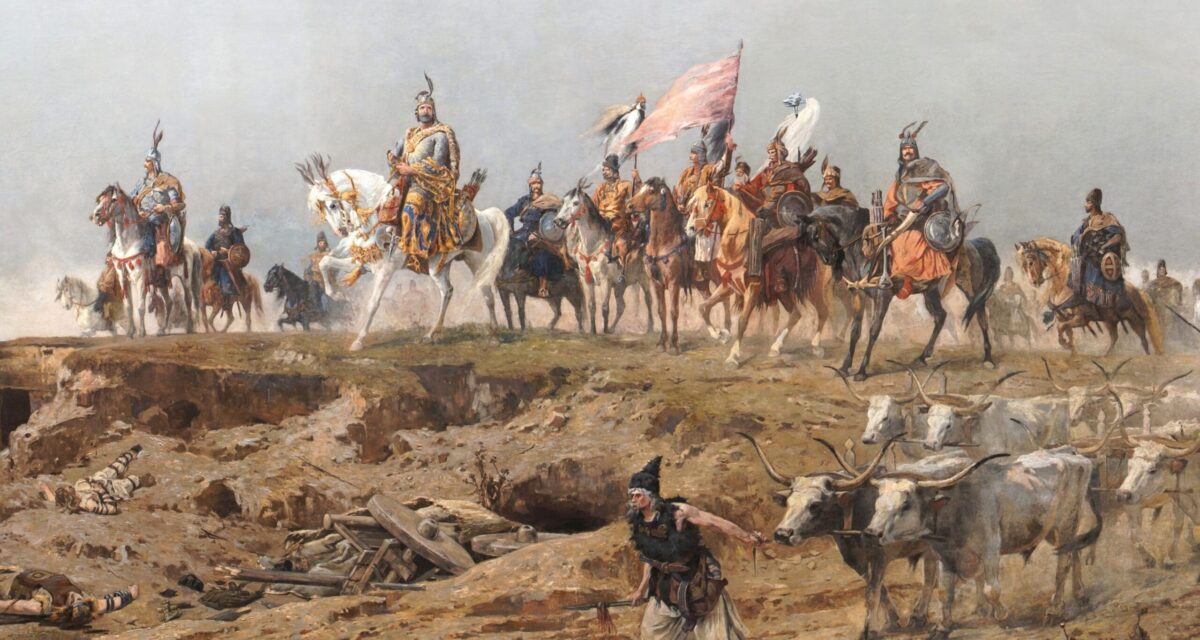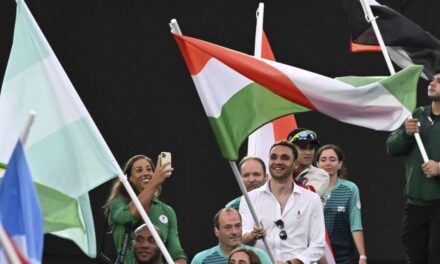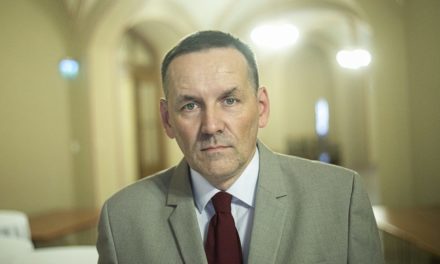In an age that did not know photography and film, the panoramic image was both entertainment and information.
One hundred and thirty years ago, on May 13, 1894, Árpád Festy's huge panorama The Arrival of the Magyars was presented to the public.
Árpád Feszty, born in 1856, was a typical representative of academic, historicizing art, his works decorate or have decorated the National Theater, the Opera House, and the Legislative Palace, among others.
Above all, his name was made known by his panorama painted on the millennium of the conquest.
The genre, duly patented by the British painter Robert Barker at the end of the 1800s, is an endless, circular work painted on a canvas, in the center of which the viewer could feel a part of the depicted landscape or event. This feeling is enhanced by the foreground built between the canvas and the viewer, i.e. a diorama similar to a field table, which almost continues the picture, blurring reality with its painted counterpart - in an age that did not know photography and film, the panoramic picture was both entertainment and orientation.
During his trip to Paris in 1891, Festzty saw the monumental panorama The French Army, which impressed him so much that he decided to paint the story of the biblical flood on a similar scale.
His wife, Róza Jókai, who is also a painter, was quite frightened by this, because she could appreciate the huge amount of work and financial sacrifice involved in such a large undertaking. Feszty was finally persuaded by his father-in-law, Mór Jókai, that if he did not abandon his plan, he should choose a patriotic theme, since the thousandth anniversary of the conquest was approaching. A joint-stock company was formed for the purpose, a plot of land was rented on the site of today's Museum of Fine Arts, the glass-domed building housing the panorama was designed by the architect Adolf Feszty, the painter's brother.
As a preparation, Festy traveled to the Eastern Carpathians, conducted site studies at the Vereckei Pass and the Volóci Valley, and sought the opinions of historians and archaeologists.
For two years, the artist worked tirelessly on one of the world's largest panoramas, measuring 1,800 square meters, 120 meters long, 15 meters wide and 38 meters in diameter, which he painted on a piece of woven Belgian canvas. (For comparison: the Moscow panorama depicting the Battle of Borogyno is "only" 115 meters long).
Of course, he could not handle the work alone, so he was helped by famous artists, including Adolf Barcsay, Dániel Mihalik, and Béla Spányi, in painting the imagined events of the conquest and the more than two thousand figures. László Mednyánszky sketched the details of the landscape, Pál Vágó took part in capturing the equestrian battle scenes, and his wife Róza Jókai painted the dead and wounded.
The monumental work, unique in its kind, presents the conquest of the country through the lens of national romanticism in six scenes: The entry of the Hungarian chariots, Árpád's victory, The cavalry charge, The sacrifice of the táltos, Encampment, Spoils of war. The first and the last scenes are of course connected, the most emphatic one depicting Prince Árpád and his leaders watching the victorious troops from the top of a hill.
Feszty modeled several figures on famous personalities of the time, and in Vézer Árpád he painted himself.
The panorama was completed only half a year after the set deadline, the inauguration ceremony took place on Pentecost Sunday, May 13, 1894. The reception was extremely enthusiastic, the famous gypsy primordial Dankó Pista composed an opener for the special occasion.
A veritable pilgrimage to the picture began, at the end of 1895 the ruler, József Ferenc I, saw it, as did most of the visitors of the 1896 Millennium Exhibition. However, the entrance fees did not cover the costs, and after paying the bills, Feszty had to book a loss of HUF 10,000.
The painting was transported to the World Exhibition in London not long after. However, by the time it was brought home in 1909, the land of the glass-domed building was expropriated for the construction of the Museum of Fine Arts, so it was placed in a temporary building made of wood, right next to the show stalls in Városliget.
During the Second World War, during the siege of Budapest, the panorama was seriously damaged.
Under the direction of the painter's daughter, the members of the association formed to save it cut it into eight-meter long strips, rolled them up on wooden cylinders and stored them in different warehouses, and the condition of the damaged canvas continued to deteriorate. The approximately 750 square meter remains were donated to the Hungarian National Gallery in 1964, and in 1974 they were brought to Szeged, where they were restored to protect their condition.
In 1970, the writer, scientist, and politician Ferenc Erdei initiated the creation of a national memorial site at Ópusztaszer, the site of the first "national assembly" of the conquering Hungarians, and archeology professor Gyula László proposed that the Festzty map be exhibited there.
The construction of the memorial park reached such a stage in 1990 that it was possible to think about the complete restoration of the panorama. The work was won by the Polish restoration group Ars Antiqua, which completed the huge task in four years.
The reborn Festzty panorama was inaugurated on July 14, 1995, and the Rotunda, the dilapidated building housing the painting, was opened to the public on the first day of August of that year.
Visitors have approximately half an hour at their disposal to view the huge panorama, whose popularity remains unbroken to this day. Several exhibitions can be seen in the Rotunda, including how the panorama was made.
MTVA Press Archive
Cover image: Our Hungarian ancestors who conquered the country at Verecké on the Feszty map
Source: Árpád Feszty – Restitched from photos made by user TiborK at/commons.wikimedia.org













